A tale of two centuries on a time-travelling voyage across Asia
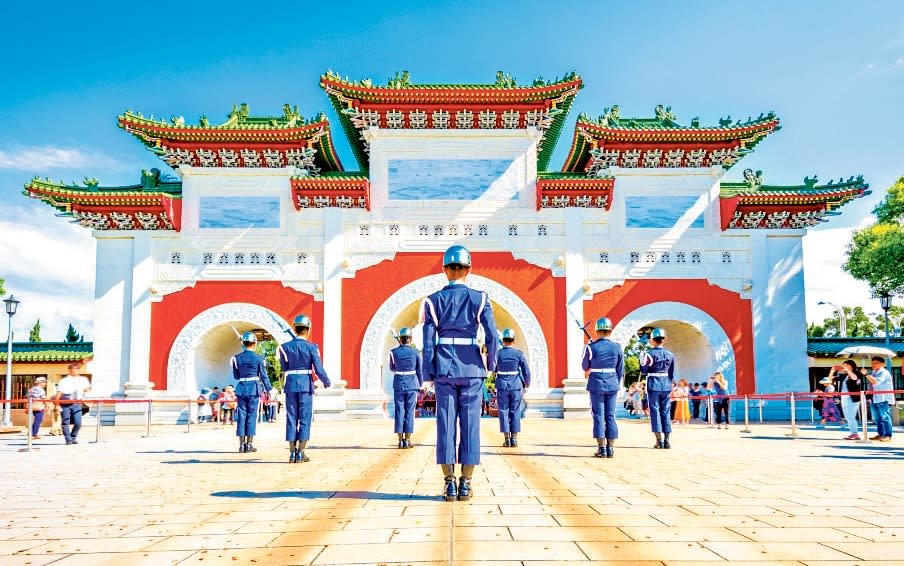
The entrance to the Atom Bomb Museum in Nagasaki is at the foot of a spiral slope. As you descend, dates on the wall count down to the moment when the bomb detonated. The Japanese city was the second human settlement to come under nuclear attack. So far, it’s the last.
The precise minute of history is recorded by a disfigured wall clock, battered by the blast, which stopped at the instant of the explosion: 11.02 on the morning of August 9th 1945. Along with the bombing of Hiroshima three days earlier, it was one of the seminal events of the 20th century.
I arrived at Nagasaki by ship, on a cruise that put the Atom Bomb Museum’s time travel into reverse. Rather than retreating down the years, we went forward. Our voyage sailed out of the 20th century and into the furthest reaches of the 21st. If, as we are told, we are on the threshold of the Asian century, here was a two-week preview.
In 14 days the cruise went from Hong Kong to the Philippines, Taiwan, Japan and ended in Shanghai. All are places to which one might want to return for longer, but a cruise offers the perfect platform to find out. We sailed through some troubled waters, navigating through geo-political eggshells all the way. At Nagasaki, and other Second World War sites in Japan and the Philippines, the eggshells were broken long ago. In the Taiwan Strait, where China was carrying out a naval exercise, the eggs were only just intact.
The time tourism Tardis that took me foraging into the future was the 61,000-ton Holland America ship, Volendam. Such is the fascination with cruising the Orient right now that Volendam has since been replaced on these Far East itineraries by a bigger ship, the recently refitted 82,000 ton Westerdam, the two differing little except in size.
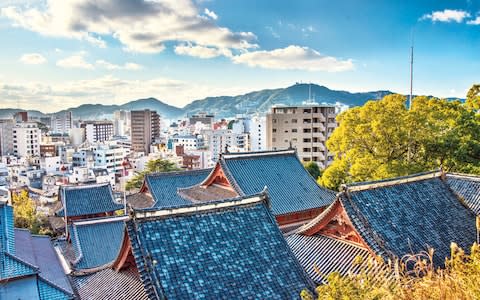
While there is more of America than Holland in Holland America, the line’s Dutch provenance is not ignored. All ships fly the Dutch flag, are discerningly ornamented with Dutch art and antiques and a majority of the staff are from Indonesia, once part of the Dutch East Indies. Our captain was Dutch, but the ship’s currency is the US dollar.
The décor relies on timber rather than glitz and brass instead of chrome, but the mix of warm and bright colours stops it from becoming clubby or fusty. You won’t find ice rinks or kart tracks on board, but there will be cooking demonstrations and stage shows. Where Volendam transcended any formal classification was in its exceptionally high level of service Holland America cabins are ‘staterooms’, which in the cheaper grades is a bit like conferring nationhood on Rutland. My Ocean View had an entrance just wide enough for a breakfast tray to be carried lengthways between the wardrobe on one side and the shower room on the other. Still, I had a window, a dvd player and a safe. Beside it was a sign saying you didn’t have to pay extra to use it. It sounded as if they were doing you a favour.
Perhaps they were, when you consider the items for which they did charge: mineral water, alcohol – with a 15% gratuity - and meals in the speciality restaurants, as well as wifi, shore excursions, spa treatments and crew gratuities. As I ate very well in the two main restaurants, where the variety and quality of the food was excellent, the fancy dining options became purely academic.
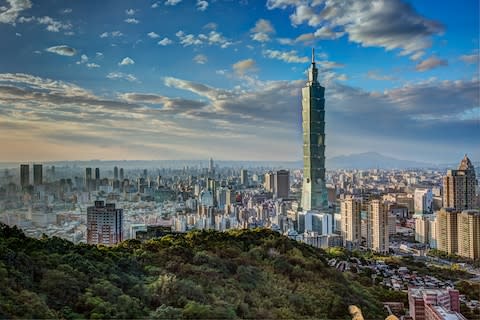
We set sail for Manila with a day at sea and the first of two formal nights requiring what Holland America call Gala Attire. For men that means a jacket and tie, for women a cocktail dress. A few chaps stuck to tradition and wore black tie, but we are a dwindling band. And then we started travelling. The streets of Manila lay beneath a mesh of power cables with bushes of wires sprouting alarmingly from the electricity poles. The streets ran, or would have run if they hadn’t been clogged with traffic, through a cityscape of faded paint, buckled tin roofs, broken windows and stained stucco.
I took a tour of the Intramuros, the old colonial city and, next to it, Rizal Park, named after José Rizal, a national hero executed by the Spanish in 1896 for his part in the Philippine Revolution. Manila seemed in need of a hero or two today.
Another day at sea brought us to Taiwan, a place as ordered as Manila was dishevelled. Roundabouts were preened with mown grass, topiary and flower beds. There was no litter; dustcarts play music to announce their presence. At the Martyrs’ Shrine in the capital, Taipei, they fastidiously change the guard in robotic slow motion. Once the new sentries have mounted little wooden daises, attendants in grey lounge suits start fussing about them. They are like mothers on the first day of school, tugging tunics straight, flicking away fluff, checking collars for creases and finger-combing tassels on bayonets for tangles. The shrine is a war memorial commemorating nearly 400,000 soldiers who died in wars with the Chinese communists before 1949 when Chiang Kai-shek and some two million nationalists were driven from the mainland to Taiwan.
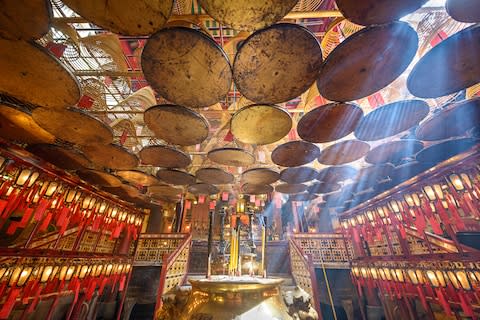
Almost ever since, the Taiwanese have been cast into diplomatic limbo. Beijing considers them a rogue province; Taipei views the People’s Republic of China as part of Taiwan, which precludes them from claiming independence. They have no seat in the United Nations and are recognised by only a handful of countries.
I had expected the highlight of my time in Taiwan to be a visit to the National Palace Museum. When the nationalists fled China, they took with them around a fifth of the country’s greatest cultural treasures, more than half from the Forbidden City. Ancient bronzes, rare porcelain, priceless jade and a thousand years of Chinese painting are now in the museum in Taipei. We saw little of it. The place was too crowded for the guides to accompany their groups into the exhibition rooms. Instead, ours stood at the doorway and described a photograph of the object of which we might or might not get a glimpse inside. We had headsets, tuned to our guide’s commentary, but half our group became separated. So we could hear the guide but had no idea where he was. We spent more time looking for him – and failing - than admiring Ming ceramics.
From there, it was on to Japan, where three different guides spontaneously expressed pride in their high-tech loos. At the touch of a button, they can warm, wash and dry your nether parts. The latest models have ‘melody buttons’ that play music to cover any aural embarrassments.
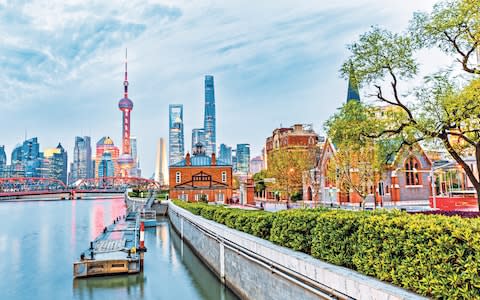
At Nagasaki, families were holding hanami parties, picnicking under cherry trees to celebrate the burst of springtime blossom. Cherry blossom, Sakura, has an almost mystical significance to the Japanese, which, among other things, stand as a symbol of impermanence. In a city where at least 75,000 people died in the milliseconds of a nuclear explosion it is especially apt.
In the Atom Bomb Museum are the distorted remains of structures and human possessions that were not incinerated or obliterated. About the only undamaged exhibit is a full-sized replica of the bomb, which the Americans called Fat Man. More than 10 feet tall and painted a sulphurous yellow, it stands in the middle of the museum, spot lit, like a vast and dreadful egg. A jolly Japanese family were taking selfies in front of it. It is chilling to think that for all the devastation of Nagasaki, the 21-kiloton bomb dropped in 1945 was a mere grenade compared with the weapons in today’s nuclear arsenals. The Russians have tested a device 2,300 times more powerful.

And so to the future. Shanghai lies in the Yangtse Delta on the edge of the 22nd century. The approach up the Huangpu River is one of the most thrilling entrances to any port in cruising. An ocean cruise becomes a river cruise. We advanced up a 500 yard wide waterway amid an endless muttering procession of freighters and barges, sometimes five abreast, into a light show as spectacular as a silent firework display. Whole tower blocks, pixelated with colour, became 50-storey hoardings, shimmering and flickering with electronic images, some were advertisements, others massive programmes of electronic street art.
A ship the size of Volendam – though not the bigger Westerdam - can tie up in the very centre, just a few hundred yards from the famous Bund, the old colonial business district. Across the river, in Pudong, rise some of the tallest buildings in the world. They are like exhibits in a monster modernist sculpture park. The highest, the Shanghai Tower is 2073ft (632m). The future is going to be big.
But the future prizes the past. The French quarter, shaded by plane trees, is a surprising retreat of red brick, wrought iron, slatted shutters, boutiques, bistros and birdsong. More than 24 million people live in Shanghai. On the outskirts, parade battalions of apartment blocks, 20-storey storage cabinets for the children of tomorrow. Whatever else, the future will be populous.
Holland America Line offers a 28-day China, Japan, Taiwan and Philippines Collector cruise departing from Shanghai on January 30, 2021, from £4,079pp based on two sharing a veranda stateroom, excludes flights (0344 338 8605; hollandamerica.com).

